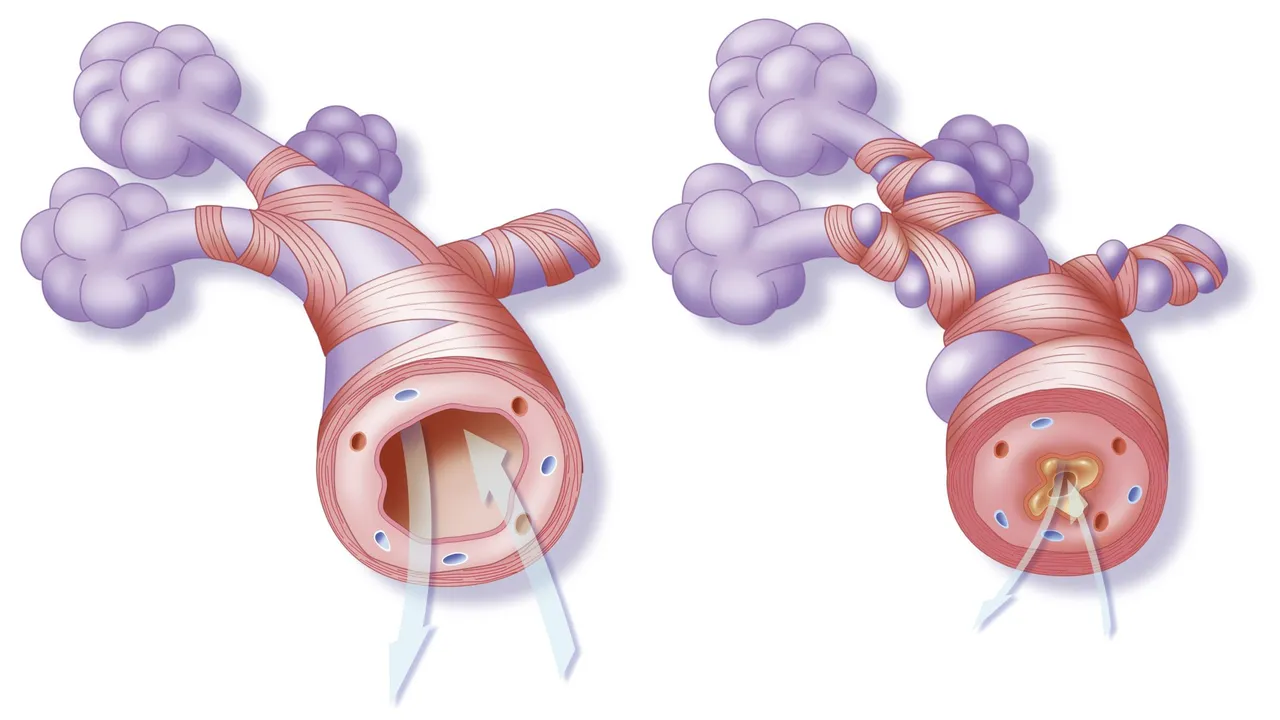
Ladies and gents, let's have a chat! Ever caught in the middle of an intense game of frisbee when suddenly it feels like someone has offered your lungs a chokehold? Or perhaps you're enjoying the aroma of a lovely spring day, and then out of nowhere, the air seems cut off? You could be experiencing bronchospasm, a common symptom of the well-known respiratory condition, asthma. But don't get all jittery now; understanding the connection between asthma and bronchospasm is the first step towards effective management. And guess what? I’m here to guide you through this rather windy journey.
Asthma, my darlings, is like that upturned thumbtack on your living room rug. No one knows how it got there, or why, but you only notice it when it hurts. In the world of medical jargon, it's a chronic condition that inflames and narrows your airways, causing periods of wheezing, chest tightness, shortness of breath, and coughing. And yes, these flares often occur at the worst possible times like during a heartfelt rendition of 'Bohemian Rhapsody' at a karaoke night. Ouch!
Moving to the dark horse of our discussion today — bronchospasm. It occurs when the muscular walls that surround your bronchial tubes tighten, causing them to narrow. Suddenly, that vast, airy hallway leading to your lungs shrinks down to the size of a straw. You can visualize how difficult the poor little air molecules must find just to get by. Kind of like trying to stream the new season of your favorite show on a slow internet connection. Yep, it’s frustrating!
Now, let's get to the heart – or should I say lungs – of the matter. Asthma and bronchospasm are two peas in a pod. A somewhat wheezy, somewhat tight-chested pod. When you have asthma, your airways are always inflamed and highly sensitive to certain triggers. Anything from viral infections, allergies, to strong emotions or exercise can incite an asthma flare-up, and bang! Hello, bronchospasms!
How do you know a bronchospasm is elbowing its way in? There are a few tell-tale signs. They're like the unwanted guests at the party, gaining attention and turning heads with the clamor they cause. These include wheezing (a whistling sound when you breathe), chest tightness, or difficulty breathing. If you experience these, do get in touch with a healthcare provider. And remember, no one EVER said that your chest impersonating a cat trying to pass a hairball is normal, okay?
Finally, let's not forget that understanding the beast is the first step towards taming it. By identifying triggers, taking appropriate preventative measures, and having the right medications on hand, asthma and associated bronchospasms can be managed effectively. Yes, it may sound like a lot to take in, but hey, who said life was going to be a walk in the park? Well, actually, in your case, that might just be what the doctor ordered.
Alright, here's a small little bonus from my life. A few years back, during a family vacation to the mountains, my aunt suffered what we figured was an asthma attack. Being in a remote location, healthcare was miles away. But with the help of quick thinking and asthma relief medication, she could manage until we reached professional help. That incident clearly demonstrated the importance of being prepared, especially when you know you are susceptible to certain conditions.
So, lesson learned. Keep calm, keep informed, and don’t let asthma or bronchospasms stop you from living your best life. Now, go out there and breathe...responsibly.
Written by Diana Fieldstone
View all posts by: Diana Fieldstone